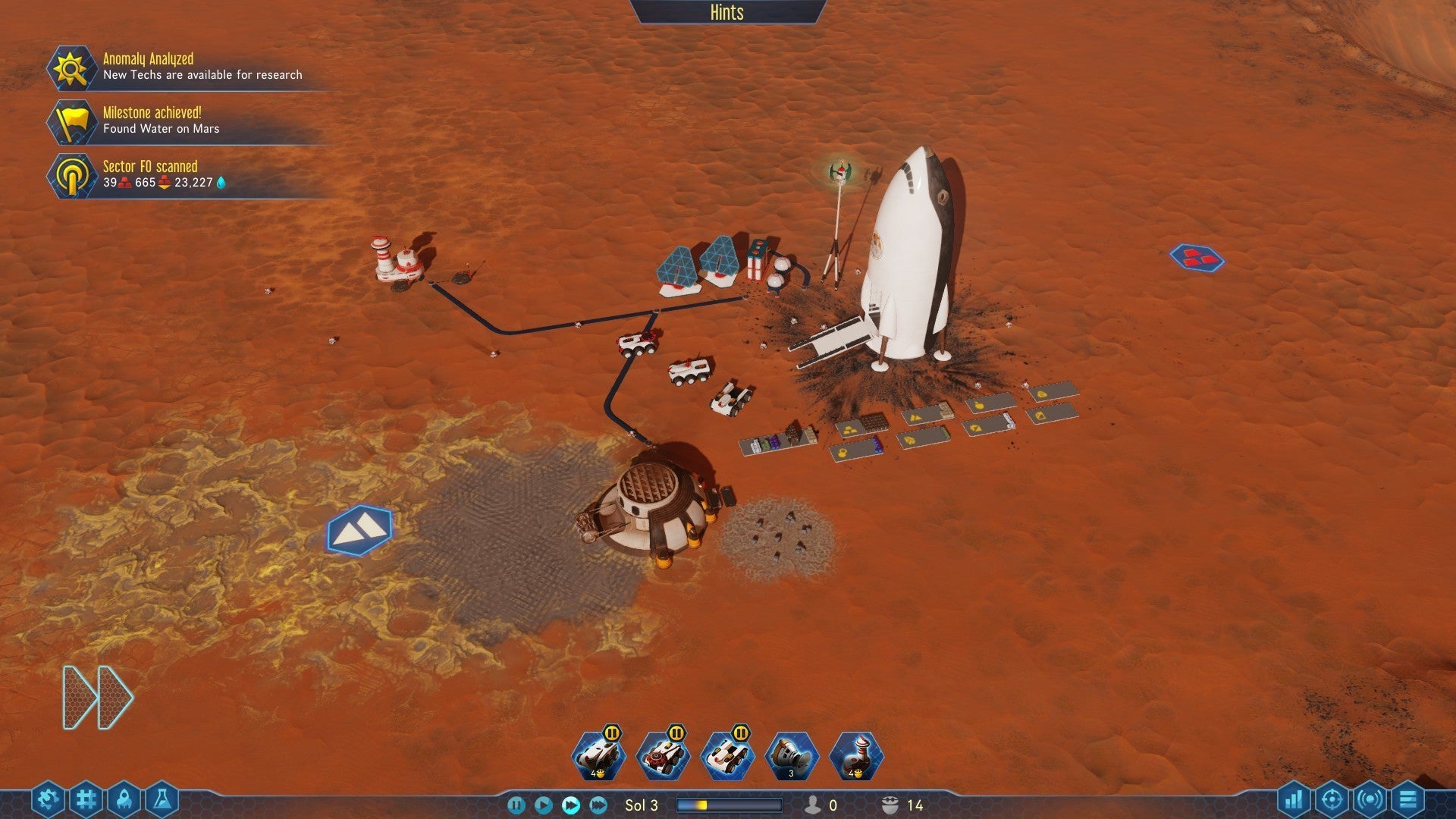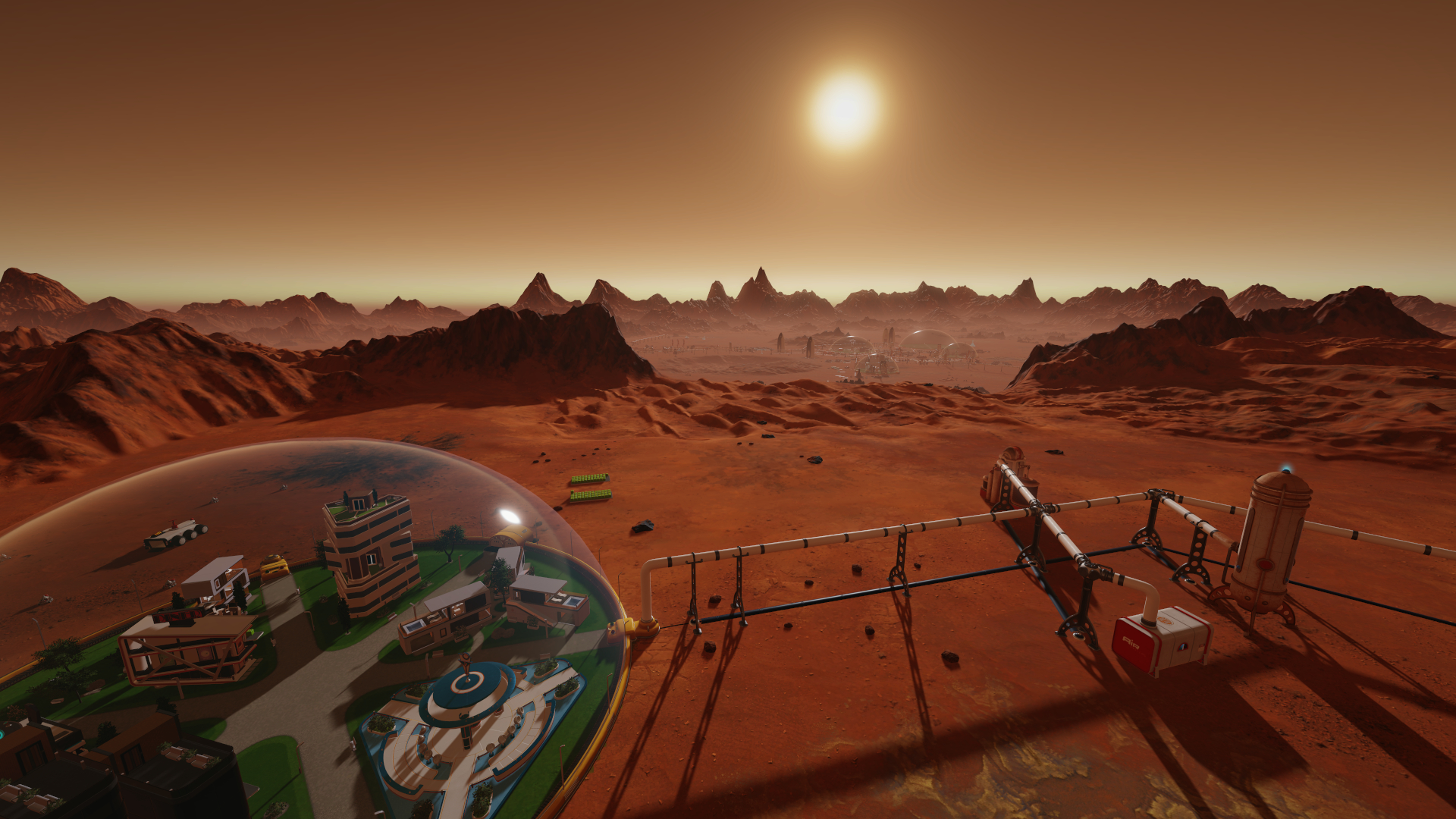

And that means either reliance on Earth’s pharmaceutical supply or extensive in-house production.

Medication regimes could help, but they might be regimes for life if you stay on Mars.

We know that micro-g is challenging and requires a lot of effort to stave off the worst of the physiological effects: from dramatic bone density loss (and kidney stress as all that calcium tries exit your system), to cardiovascular changes, immediate and prolonged epigenetic changes, and vision impairment possibly related to increased cerebrospinal fluid in the brain’s ventricles (which may also have cognitive impacts). We have good data on the extremes: 1g and micro (or zero) g. But we really don’t know what 0.37g does to a human body over time. You’d feel buoyant, lighter, with less effort to move your body. There will also be constraints on any kind of adhesives, sealants, and other materials that you allow to be exposed to the raw environment (also because of UV damage from sunlight, which is significant).Ī third of Earth’s surface gravitational acceleration sounds pretty good though? There’s no hauling chunks of polar water ice back to camp unless you seal them in an airtight container. Solid or liquid water exposed at low latitudes on Mars (where temperatures are more moderate) will turn to vapor quite fast. The low pressure, very dry martian atmosphere also means that volatile substances tend to boil or sublimate very quickly.

In other words, you’re not going to be quickly popping your suit on for an after-dinner stroll on Mars, unless you stay in a low pressure, high oxygen environment all the time (with increased hazards for fires) or have high pressure suits -which are certainly under development. On the ISS, NASA's pre-breathe sessions can run from 4-12 hours depending on the protocols followed for a spacewalk. That’s to both stop your body from swelling and hemorrhaging in nasty ways, but to also make sure that enough oxygen is driven into your bloodstream.Įven if pressurized to about 1/3rd of Earth’s surface pressure (like current NASA ‘soft’ EMU suits in low-Earth orbit) that means you need a close-to-100% oxygen atmosphere in the suit, and will contend with a ‘pre-breathe’ protocol to prevent decompression sickness where nitrogen bubbles form in your body.
#SURVIVING MARS FACE OF MARS FULL#
Although, at around 0.7% of Earth’s sea-level pressure, any on-foot exploration of Mars would require a full pressure suit of some form. Or such extreme temperature variations as on the Moon. There is a modest atmosphere, so you’re not contending with absolute vacuum. It may be bad but the surface of Mars is more hospitable than the Moon or Venus, right? In that spirit (not to be taken as a rigorous analysis, but as some points to think about) here are some further questions about a human presence on Mars: If only to ensure that when failures do occur we don’t give up because our expectations were too high and too unrealistic. But if we’re going to take ideas like the large-scale human settlement of Mars seriously (putting aside reasonable concerns about our priorities while Earth is undergoing changes that challenge humanity) we need to have a longer conversation and to take some care over our enthusiasm. Because biology.Īs I explained in that piece, I am actually very enthusiastic about the remarkable advances being made in the space-launch industry. In a vigorous flurry of commentary on social media I was cast as either a voice of reason or a total pariah for daring to suggest that certain bold ideas for Mars exploration might face some rather nasty roadblocks. The last piece I wrote here, “ Death on Mars”, sure got a conversation going.


 0 kommentar(er)
0 kommentar(er)
